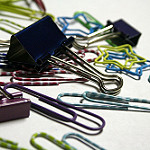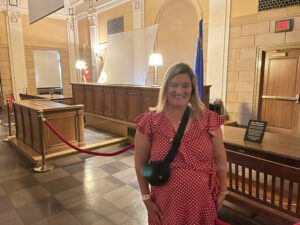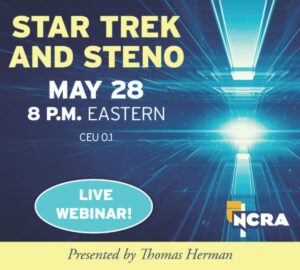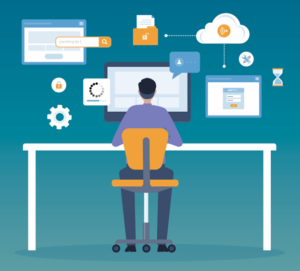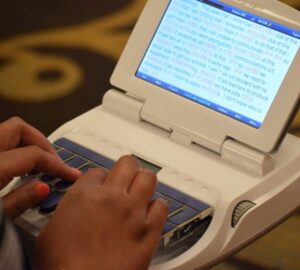As we embark on a new year, it’s generally a great time to reflect and think of ways to be more productive and organized. Being organized in our work and personal life offers us so many benefits, such as:
1. Reducing stress
2. Boosting self-confidence in being able to find exactly what you’re looking for when you need it
3. Making you more productive
4. Saving you money so you can make more money
5. Keeping you healthy so you can have more time for self-care and wellness
We all learn differently. Some of us are visual learners while others may be auditory learners or reading and writing learners. For those of you who are visual learners, a daily planner may be perfect for you. The New York Times has its review of the best planners for 2022.
Of course, there are those of us court reporters who don’t want to think about carrying one more item with us to the job and prefer a digital planner. Kells McPhillips from shape.com has her recommendations for a digital planner to help you stay organized this year.
Your NCRA Technology Committee has come up with some of their tips for staying organized in their work life. We’d love to hear what your best advice is too!
Lynette Mueller, RDR, CRR, Freelancer in Memphis, Ind.
I love Google Calendar! Managing the calendar is one of the most important tasks of the court reporter. Google Calendar is a free online tool that helps me keep track of every job assignment and my appointments too.
Benefits of Google Calendar:
* Easy to use and very user-friendly — essentially no manual needed
* Color-coded, so at a glance, you can see exactly what’s coming up next
* Choose to view your appointments by the day, week, or month
* Easy to share with coworkers, colleagues, and family members
* View your calendar via your browser of choice or the app. While on the record and during breaks, I have access to my calendar at my fingertips!
* Add notices or exhibits to a calendar entry
* Get the Zoom add-on to keep those remote meeting invites handy
The Pocket app is another one of my favorite ways to keep myself organized. Set up Pocket so you can easily save content wherever you spot it — on the desktop, on your phone, or on Twitter. It’s truly a very powerful tool. Sometimes you don’t have time to devote to reading a full article and you want to save it for later. You may read it within Pocket, once saved, and no pop-up ads to contend with.
Benefits of Pocket:
* Access Pocket in your browser or app (cross-platform)
* Suggests topics of interest just for you
* Add tags to make finding content for later easy
* Change text and themes easily
* Pocket can read the article to you
Suzanne Trimble, RPR, CRR, Official in Sanford, Fla.
Paper files. Does anyone keep paper files anymore? Maybe I’m the only one. For the paper files, I always use a label maker and cute file folders for the new year and then trash the files for the years I no longer need. No need to clutter up the file cabinet.
Next, digital files. Every year has its file. The subfiles within the year file are as follows: Each month, final transcripts, steno files, CAT dictionary. Transcripts that are ordered from previous years are always digitally filed in the year that the job occurred, not the current year. This makes it much easier to find them later.
I also keep a yearly planner for trials to list which witnesses testify each day. This way, when an ordering party contacts me to order specific witnesses, I have that information right at my fingertips.
Andrea Kreutz, CLVS, Freelancer and agency owner in Des Moines, Iowa
I create a new folder in the Video Archive for each new year. In each yearly folder, I create a folder for each month. In each monthly folder, I create a folder for each deponent with the name and the date it was recorded. In each deponent’s folder, I create subfolders for the video files (synced and raw), a notice of deposition, video logs, order emails or forms, and invoices.
Sandra Mierop, FAPR, RPR, CRR, CRC, Freelancer and agency owner in Anchorage, Alaska
I have the dates of my jobs very organized in my CAT system. I use the following protocol:
Year – Month – Day Witness Name
2022 – 01 – 17 Susan Smith U (for an unedited transcript)
2022 – 01 – 17 Susan Smith S (for a scoped transcript)
2022 – 01 – 17 Susan Smith X (for a final transcript)
I split the date up with the hyphens because it’s easier on the eyes to find what I need when I need it. 20220117 will also work, but the hyphens make it much more intuitive, in my opinion. The U, S, and X system acts as my inventory system at a glance. I know that the job is finished and ready to be sent to the office once it has that beautiful X at the end.
If I do a board meeting, I’ll add an acronym before the date, and then all of those board meetings will be together with sequential dates in my CAT software.
AMHTA 2022 – 01 – 17 Finance U
AMHTA 2022 – 01 – 17 Finance S
AMHTA 2022 – 01 – 17 Finance X
AMHTA 2022 – 01 – 18 Resource U
AMHTA 2022 – 01 – 18 Resource S
AMHTA 2022 – 01 – 18 Resource X
If you work for multiple firms, place the firm name before the date. Voila! All of those firms’ depositions that you reported are right there in order by date.
NLRR 2022 – 01 – 17 Joe Smith U
NLRR 2022 – 01 – 17 Joe Smith S
NLRR 2022 – 01 – 17 Joe Smith X
Having a sensible, consistent way to name files in my CAT software is a thing of beauty that satisfies the part of my brain that demands organization.
Teresa Russ, CRI, Freelance CART captioner and court reporter in Bellflower, Calif.
As much as I love technology, I use a paper calendar to keep track of my captioning and deposition jobs. However, I keep track of my committee messages and tasks by using Labels in Google email.
I also store important emails and reminders in their respective folders. What’s helpful is I use the color code feature so that the messages stand out.
Utilizing labels and the color code features in Gmail saves a lot of time. I have wasted so much time searching for messages. Occasionally, I use the star feature in the upper right-hand corner of the email box to help me to remember to respond to certain messages.
Alan Peacock, FAPR, RDR, CRR, CRC, Freelance CART captioner and court reporter in Mobile, Ala.
My tip for helping with organization is to start using the folder system in your email program. It’s very simple to add a folder. Simply click on the “add folder” icon or you can right-click on any folder to add subfolders.
I work for several agencies, and I have several Zoom links for upcoming jobs in my inbox. Then when I need to find it, I struggle sometimes to locate it. So I created a special subfolder that I call “LINKS.” Then when a job sheet comes into my inbox with my Zoom link, I simply drag it to my links folder so that it’s easy to locate when I need it. You can do the same thing for job sheets, for follow-up, for company-specific emails.
It’s all up to you and how you want to work. But if you start creating and using folders in your email program, I promise you will love using it and staying organized!
Special thanks to the NCRA Technology Committee members who created this article. If you have questions about technology and realtime, send them to the Committee and your question may be answered as an article in the JCR Weekly.
